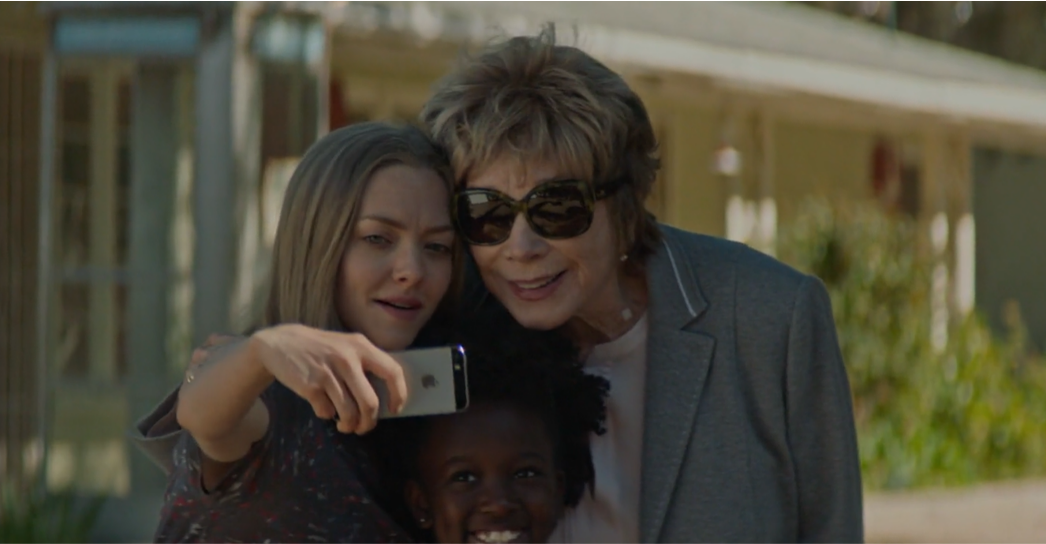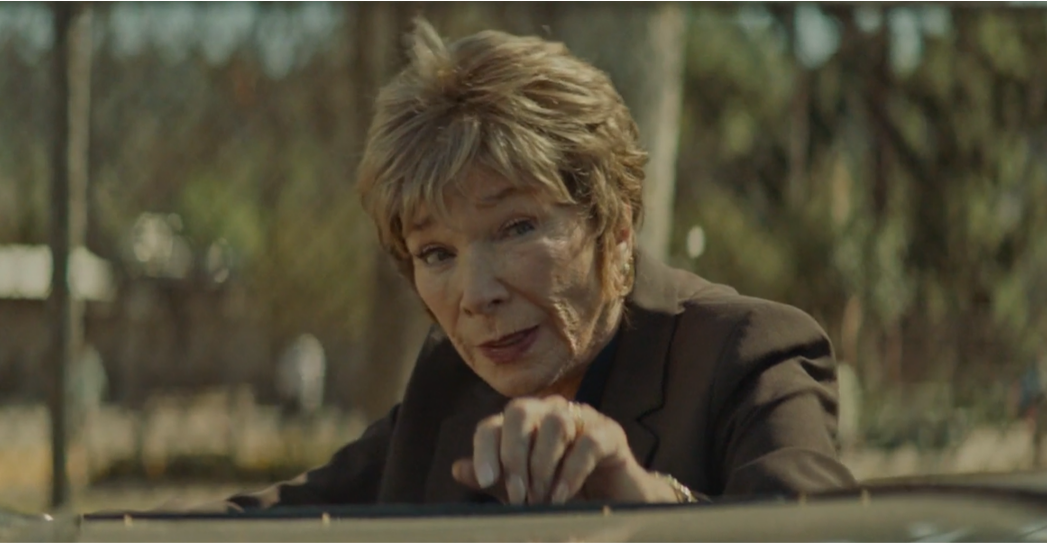Helmed by Mark Pellington, ‘The Last Word’ follows Harriett Lauler, a once-famous businesswoman, who is now near the end of her life. Obsessed with her legacy and posthumous reputation, she seeks the help of a budding columnist named Anne Sherman to craft the perfect obituary, which she can proofread, edit, and anticipate the reactions to. Although Anne agrees to this unusual request, she soon runs into a problem: Friends, relatives, neighbours, and former colleagues all echo the same critical opinion of the former advertisement legend, describing her as a peppery and egotistical individual with seemingly no redeeming qualities. Still determined to alter the course of her life before she passes away, Harriett sets out to do what needs to be done, risking everything for a fresh start and learning valuable lessons in the process. Behind the extraordinary premise of this comedy-drama movie lies a story that sincerely examines the building blocks of personal and social identity.
A Hands-Off Approach to Acting Poured Life Into The Last Word’s Fictional Tale
‘The Last Word’ is a fictional story penned by writer Stuart Ross Fink. In an interview with TheWrap, Fink revealed that the movie originated from a question: “What kind of person would want to have their obituary written while they were still alive?” The writer developed Harriett Lauler as a character specifically to answer that question, with her invented characteristics painting a portrait of a believable figure. Although the story lacks a biographical touch, its connection to reality essentially stems from how the cast identifies with their respective characters. Actor Shirley MacLaine, who plays Harriett in the film, was given precise directions by director Mark Pellington, who stated, “We shook her up. I was like, ‘Don’t worry about marks; don’t worry about rehearsal. Just go, live in the moment.” As such, the bulk of the performance relied on MacLaine’s instincts as an artist, and she wholeheartedly embraced this new style.

In the movie, Harriett’s fiercely confident nature is contrasted with that of her obituary writer, Anne Sherman, a gifted literary talent who is unable to break free from her rigid mold. Actor Amanda Seyfried, who plays the character, talked to Elle about relating to those complex feelings. She stated, “I really didn’t take risks until a couple of years ago. I’m a very fearful person, for whatever reason (…) That’s what I really took to with Anne. She’s afraid, and she doesn’t want to fail, and the truth is, you can fail spectacularly.” As such, Seyfried’s infusion of personal experiences further humanized Anne. While no character or plot beat in the movie is derived from a real-life equivalent, the creative team still put a lot of effort into the worldbuilding, with companies, radio stations, and personages being uniquely rendered to simulate a lived-in reality.
Harriett Lauler Might Have Been Inspired by a Collage of Real-Life Figures
Although Harriett Lauler, the protagonist of ‘The Last Word,’ is one of writer Stuart Ross Fink’s invented creations, her story in the film bears a vague resemblance to that of the real-life Swedish inventor, Alfred Nobel. While he is perhaps most famous for establishing the Nobel Prize, Alfred also created dynamite, alongside other explosive devices and materials. Although the exact reason for his creation of the Nobel Prize remains unknown, some popular narratives speculate that it was inspired by an obituary of his that was accidentally released prior to his death in 1896. As the story goes, the death of his brother Ludvig in 1888 was erroneously reported by various news outlets as Alfred’s demise. Allegedly, one French newspaper published a particularly scathing and now infamous obituary, describing the inventor as a “merchant of death.”

In his biography of Alfred Nobel, writer Kenne Fant wrote that Alfred grew obsessed with the obituary and the idea of his posthumous legacy, to the point of reworking his final will. Although the claim that Alfred rewrote his will to bequeath his wealth to a positive cause is not backed by any concrete evidence, the anecdotal story itself is widely known and might have informed the creative team of ‘The Last Word.’ While Harriett Lauler is not an inventor in the story, her quest to have nothing but positive reflections in her obituary draws some partial parallels with the stories surrounding Alfred Nobel. However, given that the writers have not confirmed any such chain of inspiration as of writing, the connection between the two figures is largely coincidental in nature.
Notably, Harriett is depicted in the story as a former business tycoon who revolutionized the advertising industry. As such, it is possible that her professional background was inspired by real-life women who played a major role within the domain of marketing and advertising. In particular, legendary advertising executive Mary Wells Lawrence, who founded the advertising agency Wells, Rich, Greene, might have served as a loose reference point for the fictional character. A pioneering figure in the industry, Lawrence was reportedly the first female CEO of a company listed on the New York Stock Exchange. While Harriett depicts a similar professional stature in the movie, her similarities with Lawrence have not been confirmed to be intentional by the creators. To that end, it is possible that the character is a partial composite of several leading figures in the field of advertising, and that foundation opens the floor to a deeper psychological examination.
Read More: Is Lifetime’s Toni Braxton’s He Wasn’t Man Enough Based on a True Story?


